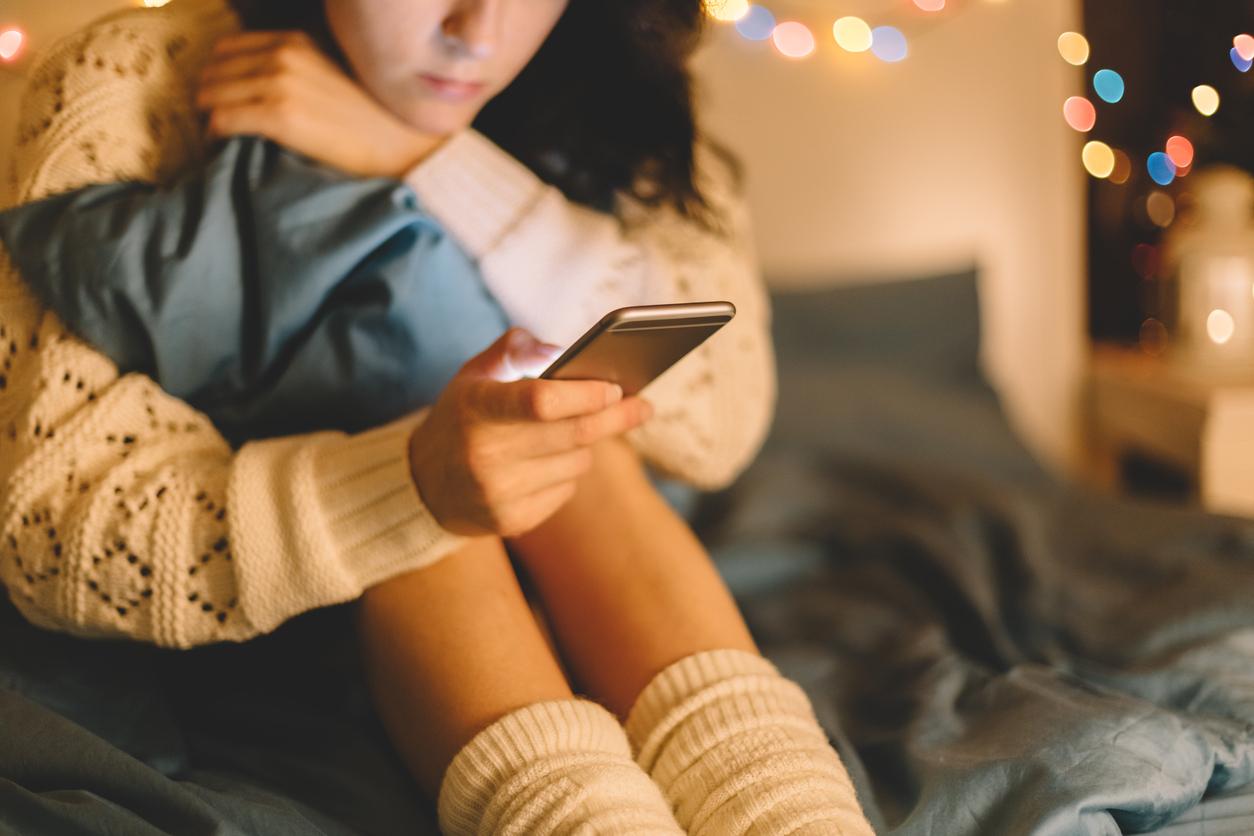Using smartphones increases risk of dry-eye disease, claims new study
Dry-eye disease and digital eye strain are becoming increasingly common

The majority of people will admit they spend too much time looking at their phones, and we know it's not good for us.
But a new study has found that our smartphones may be doing more damage than we’d previously suspected, specifically to our eyes.
The report published in BMC Opthalmology revealed that children who spend more time on their phones have more symptoms of dry-eye disease.
And when those children went without their phones for a whole month, their symptoms were reduced.
Dry-eye disease is a condition that occurs when the eyes don’t produce enough tears, which results in eyes becoming red, swollen and irritated.
Usually associated with older people, specialists believe it is underdiagnosed in children.
When we stare at screens, we blink less which means our tear film evaporates faster and our risk of dry-eye disease increases.
The BMC Opthalmology study assessed 916 Korean children between the ages of seven and 12. The children were given eye exams and 6.6 per cent met the criteria for dry-eye disease.
97 per cent of those children revealed they used smartphones for 3.2 hours a day on average, compared to the 37 minutes a day by 55 per cent of children without any symptoms.
It’s not just with an increased risk of dry-eye disease that smartphones are damaging our eyes though.
Tanya Goodin, founder of digital detox specialists Time to Log Off, told The Independent: “We've known for a while that overuse of screens is affecting eyesight through a range of symptoms categorised as ‘digital eye strain’.”
Studies have shown that digital eye strain - the physical discomfort felt after two or more hours in front of a digital screen - amongst adults and children is on the up.
However more than 30 per cent of parents who say they are very concerned about the impact of digital devices on children’s eyes allow their kids to spend over three hours a day looking at screens.
Goodin, whose company runs digital detox camps for teenagers as well as retreats for adults, believes parents are right to be particularly worried about the implications for children.
Her top tips are: “Keeping daytime screen usage within healthy limits, no screens an hour before bedtime and no single screen session over two hours.”
Maybe adults should try and follow those rules too.
Join our commenting forum
Join thought-provoking conversations, follow other Independent readers and see their replies
Comments